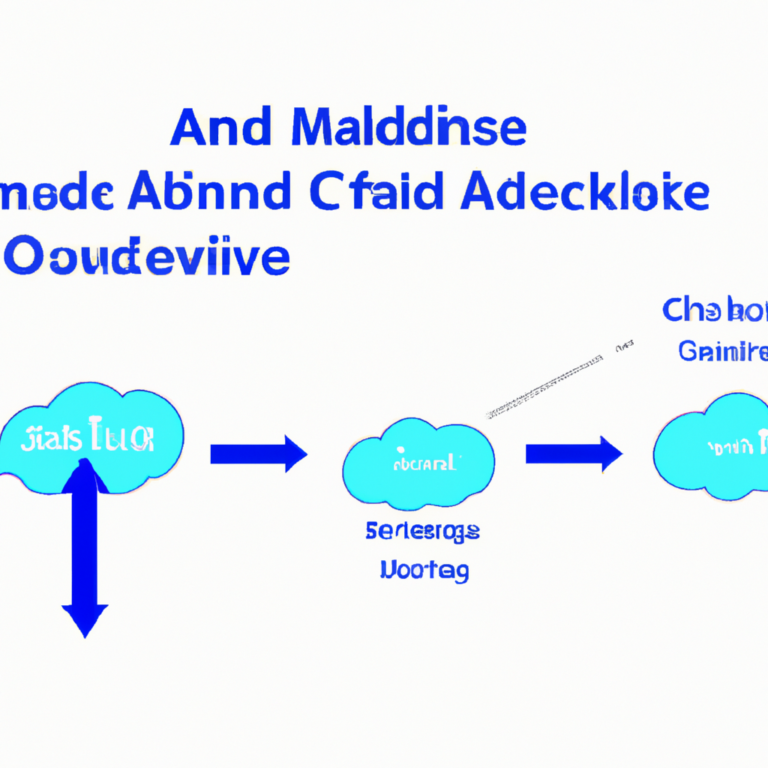# Using Moving Averages for Trend Analysis
In the realm of financial markets and economic data analysis, moving averages are pivotal tools used to smooth out price data and discern the underlying direction or trend of securities, indices, or any time series data. This article explores how moving averages can be employed effectively for trend analysis, highlighting various types and their applications.
Introduction to Moving Averages
A moving average (MA) is a statistical tool that calculates the average of data points over a specific period. It moves by dropping the oldest data point and adding the newest one as the time frame progresses. This process smooths out short-term fluctuations and highlights longer-term trends or cycles.
Types of Moving Averages
Moving averages come in various forms, each with its peculiarities and use cases. The two most commonly used types are the Simple Moving Average (SMA) and the Exponential Moving Average (EMA).
Simple Moving Average (SMA)
The SMA is the average of a set of data points over a specific number of periods. It is calculated by adding up the closing prices of the securities for a number of time periods and then dividing this total by the number of periods.
Exponential Moving Average (EMA)
The EMA gives more weight to the most recent data points, making it more responsive to new information. This feature can be particularly useful in fast-moving markets, as it can provide signals earlier than the SMA.
Choosing the Right Period for Moving Averages
The choice of the period for calculating a moving average is crucial as it affects the sensitivity and reliability of the trend indication. Shorter periods are more sensitive but may give more false signals, while longer periods are less sensitive but might lag too much behind the actual trend.
Short-Term Trends
For analyzing short-term trends, traders and analysts might use shorter periods like the 5-day or 10-day moving average. These can be particularly useful for tactical decisions and timing entries and exits in fast-moving markets.
Long-Term Trends
For long-term trend analysis, longer periods such as the 100-day or 200-day moving averages are common. These help in identifying significant trends and support or resistance levels that might hold over more extended periods.
Using Moving Averages for Trend Analysis
Moving averages can be employed in various ways to analyze and predict trends. Here are some of the most common applications:
Identifying the Trend Direction
The basic and most straightforward use of moving averages is to identify the overall direction of the trend. When the price is above the moving average, it could indicate an uptrend, and when below, a downtrend.
Identifying Trend Reversals
A change in the direction of the moving average might signal a potential trend reversal. For example, a shift from a declining to an ascending moving average could indicate a change from a downtrend to an uptrend.
Support and Resistance Levels
Moving averages can also act as support and resistance levels in the market. A moving average might serve as a floor (support) that the security’s price doesn’t fall below, or a ceiling (resistance) that it struggles to break above.
Crossovers
Crossovers involve two moving averages of different periods and can signal shifts in momentum. A bullish crossover occurs when a shorter period moving average crosses above a longer period average, suggesting a potential upward movement. Conversely, a bearish crossover signals a potential downward trend.
Conclusion
Moving averages are invaluable tools for financial analysts and traders, offering insights into trend directions, potential reversals, and significant levels of support or resistance. By choosing the appropriate type and period of moving average, professionals can significantly enhance their market analysis and decision-making process. Whether for short-term tactical trades or long-term investment decisions, understanding and using moving averages proficiently can provide a substantial edge in the competitive world of finance.










